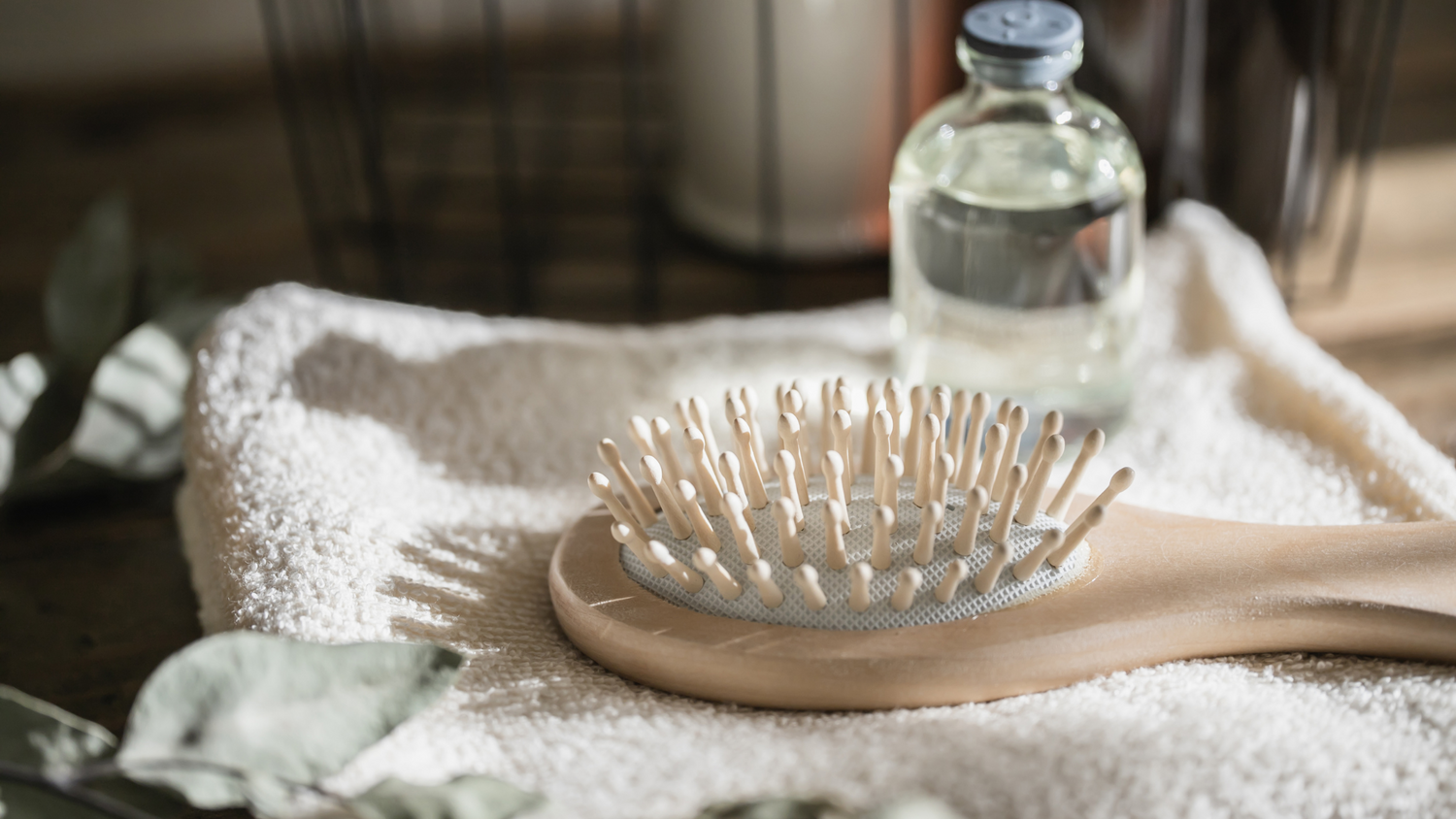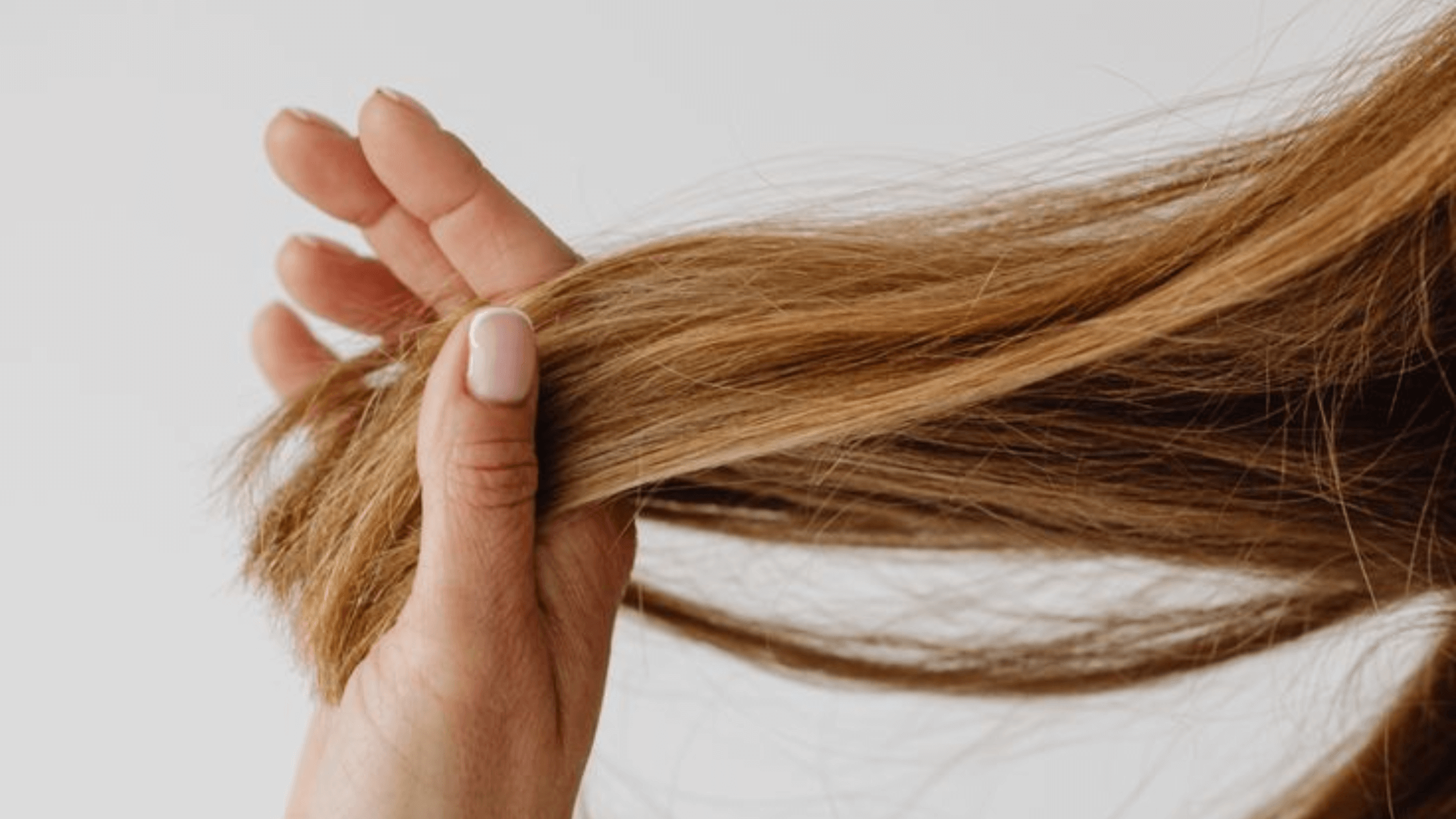For many of us, a hairbrush is a daily essential. Yet, it can easily become a breeding ground for dirt and grime. So how often should you really clean it? And more importantly, why can this simple habit make a big difference for your hair? Let’s break it down in this article.
Why You Should Clean Your Hairbrush Regularly
A Hidden Buildup of Dirt
Just because your brush doesn’t look dirty doesn’t mean it’s clean. At first glance, it might seem fin, but between the bristles, invisible buildup starts to form. Dead hair, sebum, styling product residue, dust, and sometimes even dandruff can linger inside. Every time you brush your hair, those impurities are redistributed onto your clean strands and spread across your scalp.
The result? Your hair becomes greasy more quickly, and your scalp may become irritated. Worse, this buildup can cause itchiness or trigger dandruff, even small breakouts. What you assumed was a shampoo or haircare issue might actually come from… your brush.
A Dirty Brush Can Sabotage Your Entire Haircare Routine
We invest in nourishing treatments, glossy serums, or hydrating masks. But if the tool we use to style and distribute those products is clogged with residue, all those benefits go to waste. Whether you’re blow-drying, detangling, or stimulating your scalp, all of those actions become counterproductive when done with a dirty brush.
By transferring old oils and product residue back onto your scalp, you risk disrupting its natural balance. Your hair may start looking dull, feel heavier, and seem to get dirty faster than usual. That’s often when people switch up shampoos or treatments, without realizing the real culprit could be an overlooked accessory: the brush.

Why This Simple Step Really Makes a Difference
Cleaning your brush only takes a few minutes, but it offers plenty of benefits. First, it prevents the buildup of grime and bacteria that can thrive between the bristles. In the long run, this helps protect your scalp’s health, limits itchiness, and prevents imbalances that can lead to irritation or flaking.
It also helps keep your hair cleaner for longer-lighter, shinier, and less oily. If you have an oily scalp or struggle with dandruff, this small change can be a game-changer. A clean brush also makes detangling easier, improves product distribution, and helps prevent unnecessary hair breakage or damage.
How Often Should You Clean It?
Tailor the Frequency to Your Hair Habits
Not everyone needs to clean their brush at the same rhythm. If you brush your hair daily and often use styling products, it’s best to clean your brush once a week. That way, residue doesn’t build up too quickly, and you maintain proper hygiene.
On the other hand, if you rarely use styling products and brush your hair occasionally, every two weeks might be enough. Some people only use a brush in combination with a blow-dryer or just for morning styling. In that case, a monthly cleaning can do, provided you remove loose hair after each use. Conversely, if you have a sensitive scalp, oily roots, or frequent itching, it’s better to increase your cleaning frequency.
The Signs That Don’t Lie
Even if you’re not keeping track, there are clear signs it’s time to give your brush a deep clean. If the bristles feel sticky, have a white film, or your brush starts to emit a faint odor (often the smell of sebum), it’s time for a wash. Sometimes, the warning signs come from your scalp: unexpected itchiness, hair that feels dirty shortly after shampooing, or a sudden return of dandruff.
In all these cases, a simple cleaning can be enough to restore balance. It’s an easy habit to add to your beauty routine, just like washing makeup brushes or changing pillowcases. We dedicated an article about how to clean a hairbrush just here
A Step That’s Often Overlooked — But Far From Trivial
Cleaning your hairbrush is often pushed aside, either out of habit, lack of time, or because we simply forget. Yet it should be an essential part of your hair maintenance routine. It’s a small, quick, and free gesture that can help prevent a number of issues: excess oil production, dandruff, scalp irritation, hair breakage, or even dullness.
A solid haircare routine isn’t just about the quality of the products you use—it’s also about taking care of the tools. By looking after your brush, you extend its lifespan, improve the effectiveness of your treatments, and ensure a cleaner, healthier environment for your hair every day.
Conclusion: The Underrated Accessory That Deserves More Attention
Often forgotten, your hairbrush is in direct contact with your scalp. Cleaning it regularly is an act of care that starts from the roots, literally. By removing product buildup, dirt, and dead hair, you’re giving your strands a clean and healthy base to grow and shine.
Cleaning your brush shouldn’t be an afterthought, it should be a habit. This quick and simple action can make a real difference. So next time your hair looks limp, gets greasy too fast, or your scalp feels tight, ask yourself a simple question: when was the last time you cleaned your brush?



Leave a comment
This site is protected by hCaptcha and the hCaptcha Privacy Policy and Terms of Service apply.